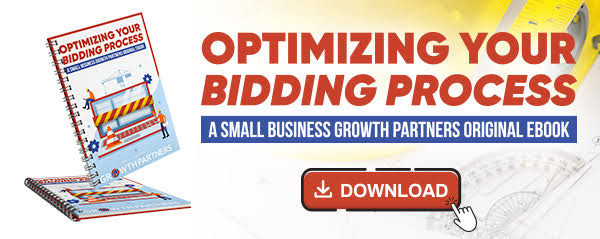When calculating the cost of a piece of equipment, you have to take into account more than just its purchase price. This is just one component of that equipment’s overall lifecycle cost. You also need to consider the cost of fuel and other liquids, the cost of repairs, and any maintenance costs. You also need to look at any credit or income you can make from trading in the equipment or reselling it when you no longer need it. All of this may seem like a lot of math and challenging to determine costs, but in the end, determining a piece of equipment’s lifecycle cost comes down to two things: the ownership cost and the operating cost.
–
The Main Concepts of Lifecycle Cost Analysis
First, let’s look at ownership costs. This includes the purchase price, but it also looks at the quality of the equipment or tools you’re purchasing, their lifespan, and the cost savings that these tools bring. The installation cost is also included here. You also need to look at whether or not this particular piece of equipment creates a safer environment and the other benefits the equipment brings.
Another thing to consider is the cost of buying the wrong tool or piece of equipment. For example, buying a cheaper piece of equipment usually means you get lesser quality. If this piece of equipment were to break down more often or wear out more quickly, that would lead to additional ownership costs. It may be worth paying more upfront for a higher quality piece of equipment that will not need as much maintenance and will last for years.
Another factor is office or workshop space. This is a difficult factor to price out, but all equipment is going to take up space somewhere. If you have to build or rent additional storage or parking, that cost must be considered as well.
Operating costs, on the other hand, look at all of the costs it takes to actually use the equipment. This includes the maintenance and repair costs, fuel costs, and factors such as the depreciation of the value of the equipment. Electricity costs may also need to be factored in if your new equipment runs off electricity instead of other types of fuel. You also have to include any costs involved in training your employees to operate this new equipment and the cost of any additional safety equipment necessary.
It can be difficult determining these costs, especially for someone relatively new to the construction industry. Fortunately, most manufacturers do estimate how often maintenance needs to be done and how much fuel the machine will use. You will be able to use these estimates to determine the operating costs, although it is always best to over-estimate rather than under-estimate. Having a small amount remaining in your operating cost budget at the end of the year is preferred to exhausting the budget early on and borrowing from other areas.
–
Methods of Calculating Costs
There are several ways of estimating the ownership and operating costs of your equipment. One method starts with taking the purchase price. Subtract any trade-in value of older equipment that you traded in or sold.
Next, add in the costs of scheduled maintenance. This is any maintenance that the equipment’s manual states needs to be done every month, 90 days, 6 months, etc. Then add in any estimated repair costs. You can include the cost of the warranty or extended warranty here. The warranty may also cover quotes for various repairs that you can use.
The next step is to add in the fuel costs. You can look at current prices for fuel and look at the manufacturer’s fuel consumption information for the equipment.
Finally, subtract out the residual value. This is the value of the equipment you would expect to get if you sold it or traded it in. You should now have the lifecycle cost of that piece of equipment. You can also include productivity, uptime/downtime, training, and many other expenses if you know you’ll have them.
Another equation that may work better is to first determine the cost of buying the equipment, including the trade-in value of older items. Then look at the estimated depreciation rate. Next, add in fixed costs (insurance, interest on a loan, etc.) and the estimated operating expenses. Finally, you add in the expected lifetime holding of the equipment to get the full lifecycle cost.
–
Lifecycle Costs Helps Create Precise Budgets
Why do lifecycle cost calculations at all? While you may set aside a certain amount of money every year for operating costs, you may not know if that amount is too much or too little unless you know what you can expect to spend on each piece of equipment. A total lifecycle cost is also helpful when deciding which piece of equipment to buy. You may find that equipment that is cheaper upfront has a larger price in the long run. That will help you make better financial decisions that have a more positive impact on your bottom line.
–






